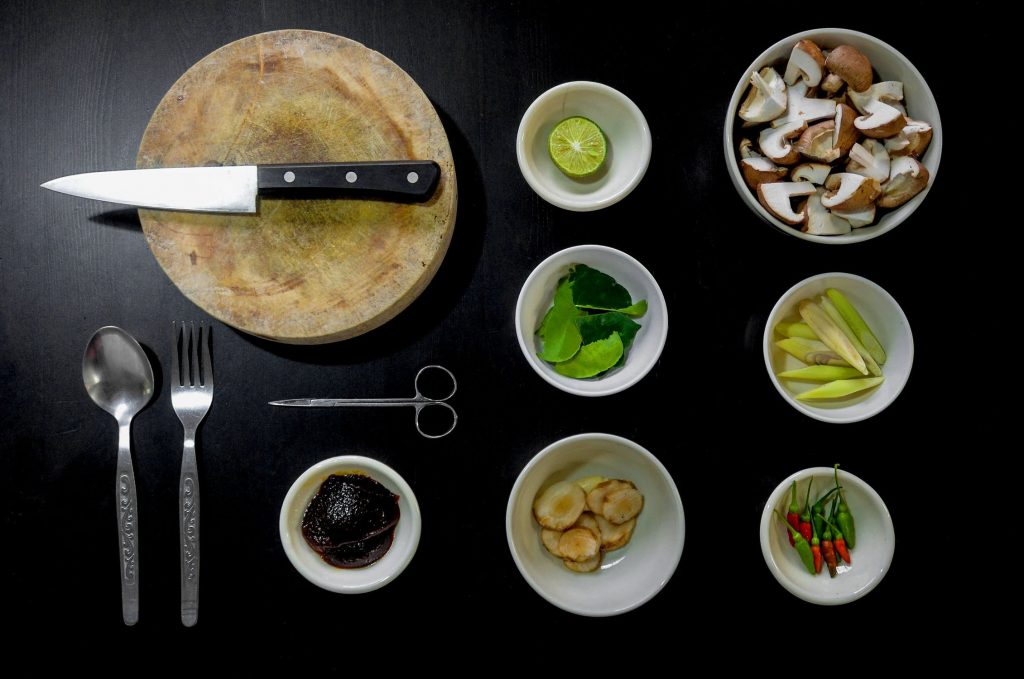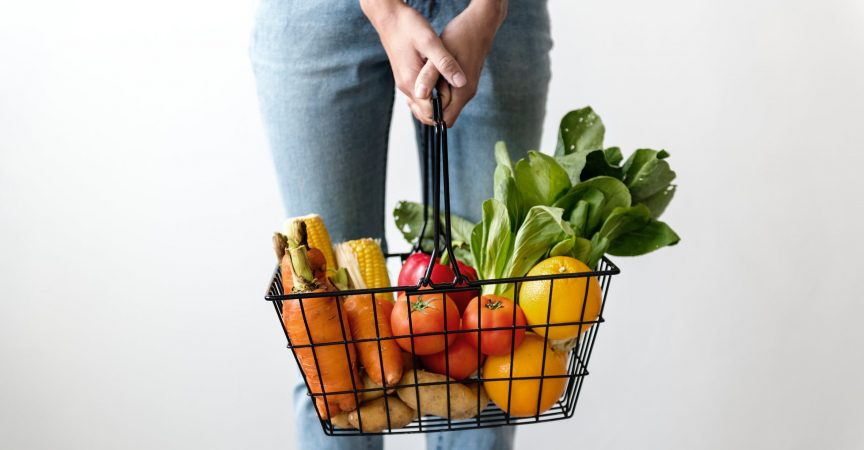Can Restaurant Owners Beat Meal Kits (and Amazon) at their Own Game?
Leanne Valenti, a chef in Austin, Texas, discovered she was onto something when she began selling hand-crafted, gourmet Japanese meals packaged in attractive bento boxes at her three-year old business, Bento Picnic. Outside of corporate clients seeking healthy lunches, local residents started placing orders as well, treating the bento boxes almost like a meal kit they didn’t have to cook.
“People stop by and pick up meals for the week,” says Valenti. Her business is doing so well she’s grown it to five employees and plans to open a storefront this coming year.
Valenti is among a number of restaurant industry pros who are offering a unique take on the meal kit. They are targeting customers who want to eat fresh healthy fare that is a big step above standard takeout—but does not require the prep work that a subscription from a service like Blue Apron, HelloFresh or Plated would require.
For local restaurants, taking on the meal kit players is both an offensive and defensive move. Some in the industry have warned that meal kit delivery services pose an existential threat to traditional restaurants, stealing both customers who choose to stay at home and even staff during a nationwide chef shortage. But restaurants who decide to beat meal kit delivery services at their own game face bigger players with plenty of resources, as companies like Amazon (fresh off a major merger with Whole Foods) attempt to compete with the likes of Blue Apron, and others such as Walmart, Kroger and more step up.
Dana Zukofsky, director of the restaurants practice at BDO, the accounting firm and consultancy, says that she’s seeing the trend taking shape among higher-end restaurants that are looking to stay relevant and tailor their offerings to local events and attractions. In the Los Angeles area, for instance, Zukofsky has noticed many restaurants will now offer a prepared meal in a bag or box to symphony fans.
“You can take it to the Hollywood Bowl—which is a little bit different type of a meal kit,” Zukofsky says. “What differentiates such meal kits from takeout is there is no expectation you will bring it home, set the table and eat it there. It’s being packaged so you can take it and eat it right away. If I get Chinese food to go from the Chinese restaurant, I use my own plates, dishes fork and knife. A lot of these kits are coming with everything.” For the most part, these restaurants don’t offer traditional takeout—which is why this new option is so attractive to them. “It’s adding a different revenue stream to an existing restaurant,” she says.
It is possible the trend, while still small, could pick up steam. A recent survey by TD Bank of general managers, owners and franchisees in the restaurant industry found that a small but notable portion of respondents are planning to invest in efforts to deliver on convenience, mobile ordering and other consumer-driven trends.
Among respondents, 31 percent of women indicated they planned to add or expand delivery service or partner with an online service such as Grubhub or Seamless, versus 23 percent of male owners.
Forty-five percent of women and 38 percent of men said they were likely to add clean, organic or specialty foods to their menu in short term.
 Meal kits are part of this activity. Mark Wasilefsky, head of the restaurant franchise financing group at TD Bank, says he has noticed more large franchisors experimenting in this area. One driver is the demand by younger customers. “Millennials are all about experience,” says Wasilefsky. “They are looking for this. They are also looking for convenience.”
Meal kits are part of this activity. Mark Wasilefsky, head of the restaurant franchise financing group at TD Bank, says he has noticed more large franchisors experimenting in this area. One driver is the demand by younger customers. “Millennials are all about experience,” says Wasilefsky. “They are looking for this. They are also looking for convenience.”
However, restaurants that are experimenting with the trend have to be mindful of the fact that they are Davids in a world of Goliaths. The competition in the meal kit space is fierce: Amazon sells its own meal kits, Walmart just added meal kits made by companies such as Takeout Kit and Home Chef to its website, Kroger is expanding the number of stores where it sells its Prep+Pared Meal Kits, Publix sells its Aprons brand of meal kits, and the grocery chain Albertsons acquired Plated this past fall.
“The meal kit business is really hot right now,” notes Hilton Davis, founder of Diet-to-Go, a healthy meal company that delivers ready-to-eat meals and has locations in Northern Virginia and Los Angeles and about $15 million in annual revenue. “It is going to get so fragmented each one won’t have a big market share.”
Davis has noted his sales slowing because of the competition from all sides. He started it as a restaurant and turned it into a meal delivery business in 1991.
To stand out, many restaurants are offering a type of meal kit customers won’t get at the supermarket. “In some beach communities, some of the finer restaurants are doing beach lunches—a picnic basket packed with fried chicken and some sides,” Zukofsky says. “It’s not always something they would sell in the restaurant.”
Sometimes, restaurants find this lets them pull in a broader clientele who might not splurge for an elaborate sit-down meal. “You might get an opportunity to taste a great Michelin chef’s meal but the fried chicken version instead of the six-course tasting menu version,” says Zukofsky. “I think it’s given a chance for some of these kitchens to be a little more fun and creative with what they are doing.”
Restaurants, especially smaller ones, need to tackle the logistics, too—which can be more difficult than for service or supermarket that already has bulk food on hand. “It’s difficult to assign a dollar amount to meal kits because it depends on the type of restaurant, what their offering is and a number of other factors unique to each business. If you’re a high-end restaurant selling baskets for the beach with a lower-end food product, you’ll need to order the new food products and the packaging to put it in—two new costs. However, if your restaurant is just making existing menu options to go, all you’ll need is the takeout packaging,” says Zukofsky. “If it’s done well, there are several benefits. You’ll be giving your kitchen team some creative freedom to make a to-go meal that will travel well and keep customers happy. The potential added costs are small—in many cases all you’ll be paying for is the extra packaging. This could be a new revenue stream, encouraging diners to buy your food at times they otherwise might not have.”
“It could work for them but it’s completely different from making foods,” says Davis. “They’d have to get all the ingredients together—and a recipe—and sell that to the consumer.”
Then there’s the technology involved in deliveries, which can be challenging to perfect, notes Wasilefsky. “It’s not easy,” he says.
And even the Goliaths in the space are having trouble making the model work financially. Many people don’t want to spend money on meal kits. “Food at home is the biggest challenge to the restaurant industry,” says Wasilefsky.
Even well-funded Blue Apron has struggled to hold onto members, and recently replaced its CEO.
“I have created a spreadsheet that shows how many companies that got VC money that have closed, and others that are struggling,” says Davis.
Such realities have caused Adam Romo, CEO of Eatzi’s Market & Bakery—which serves breakfast, lunch and dinner and has six locations in the Dallas-Ft. Worth area—to opt out of the meal kit trend. He doesn’t think there are enough customers to sustain the meal kits market. “Most of the population is moving away from that,” Romo says. “They’re either going to cook or not.”
That could be bad news for traditional meal-kit providers. Then again, it may work out well for restaurants that have put their own spin on the meal kit trend by catering to those who want high-quality, freshly made meals in a box—but don’t want to pick up a skillet.
This article was originally published at Upserve Restaurant Insider, www.upserve.com.









